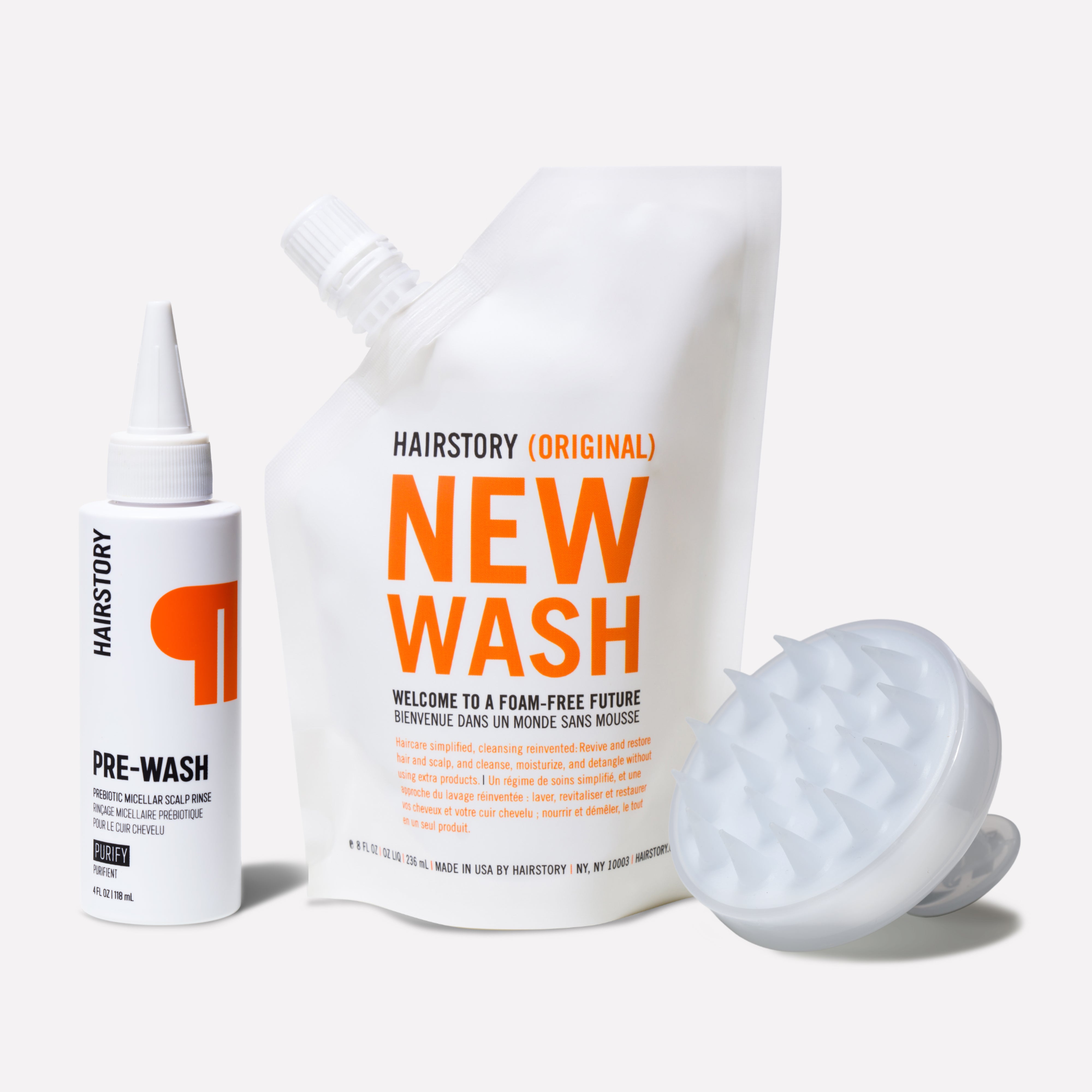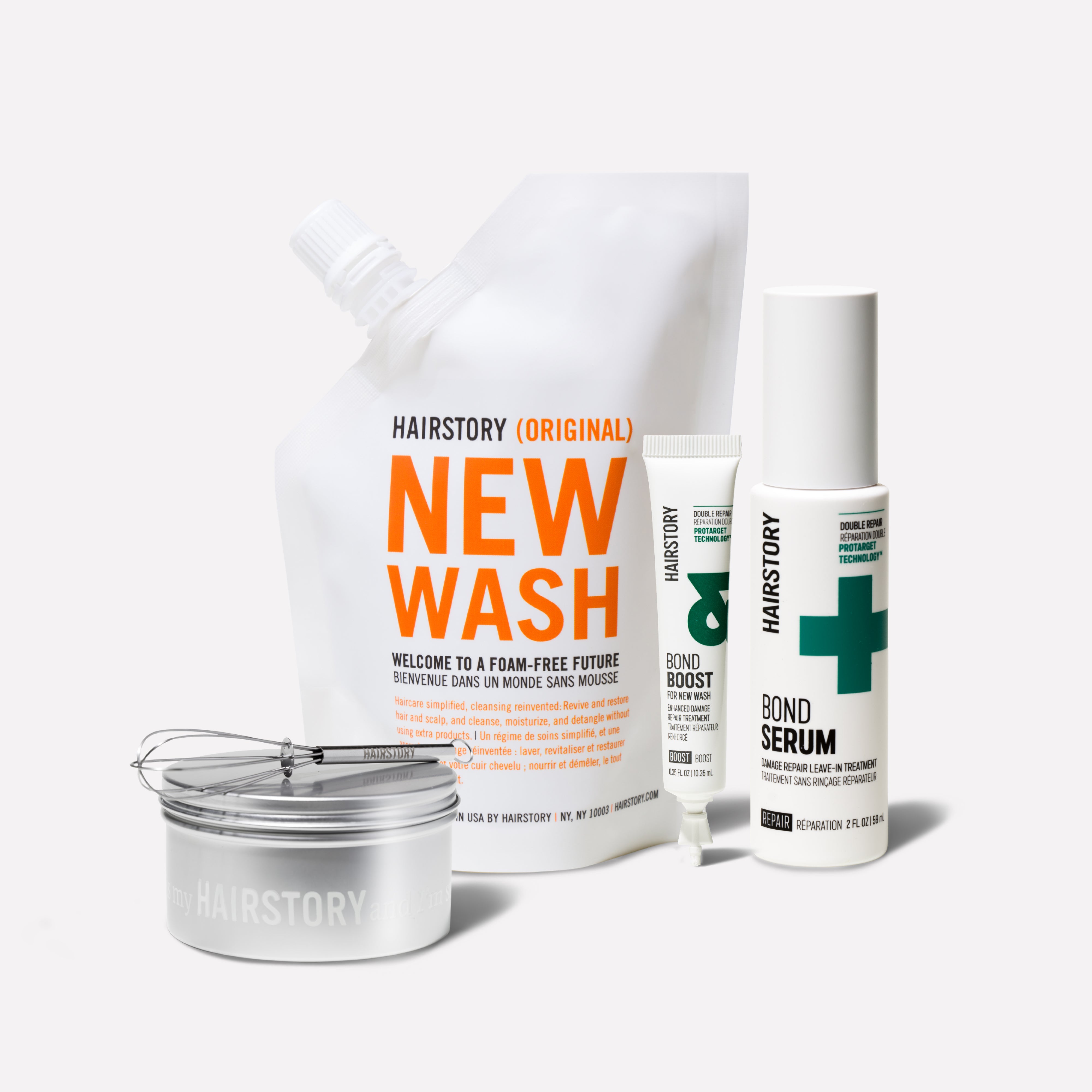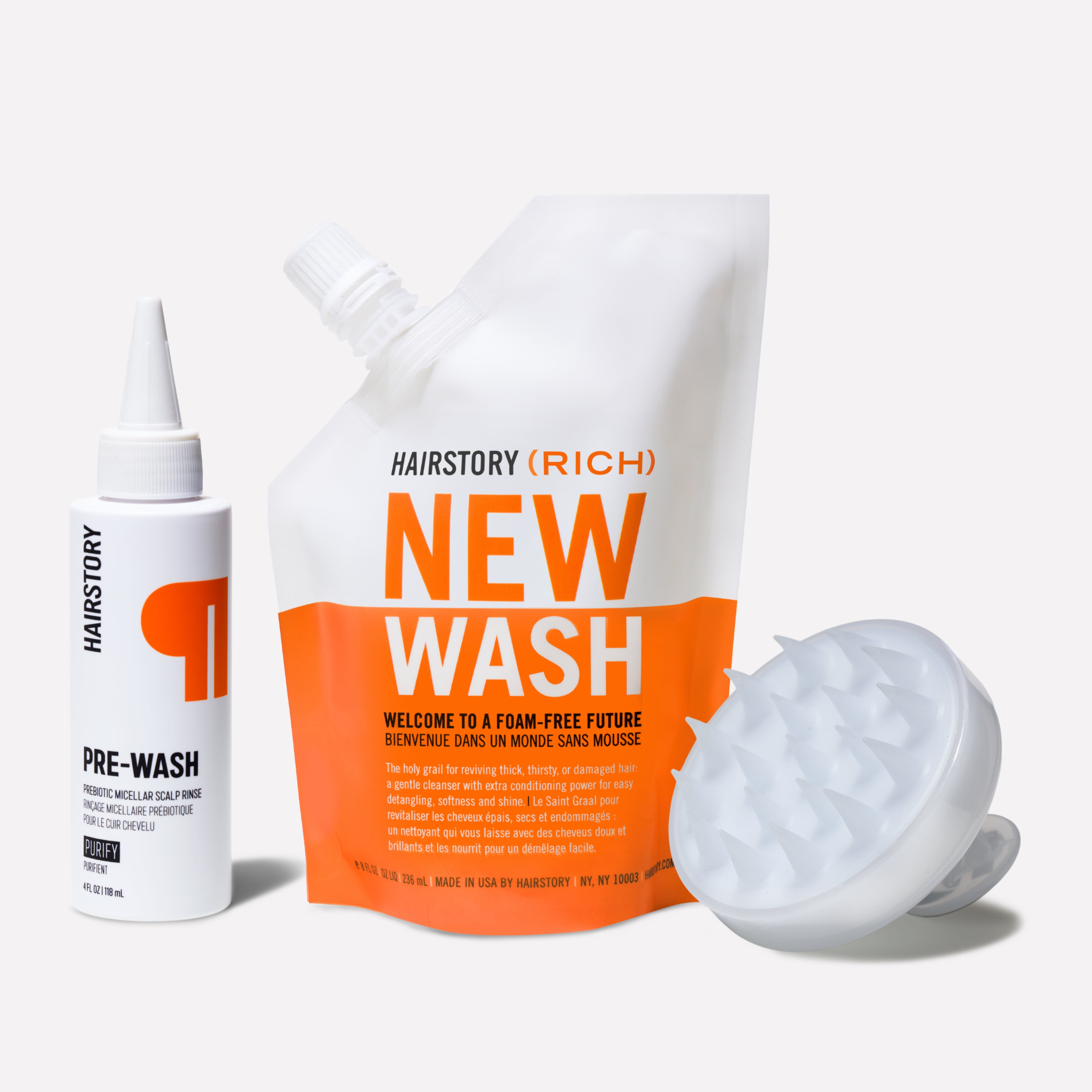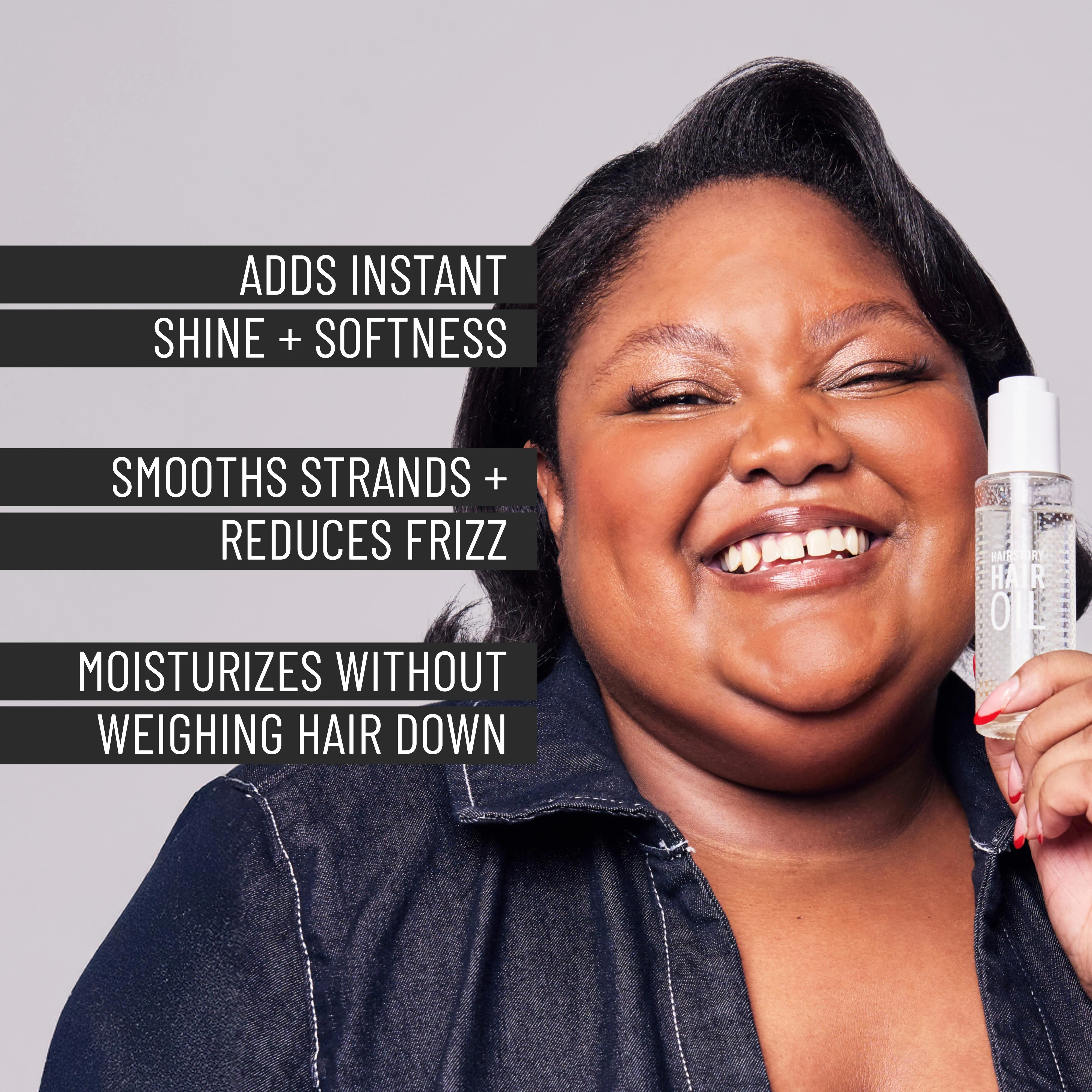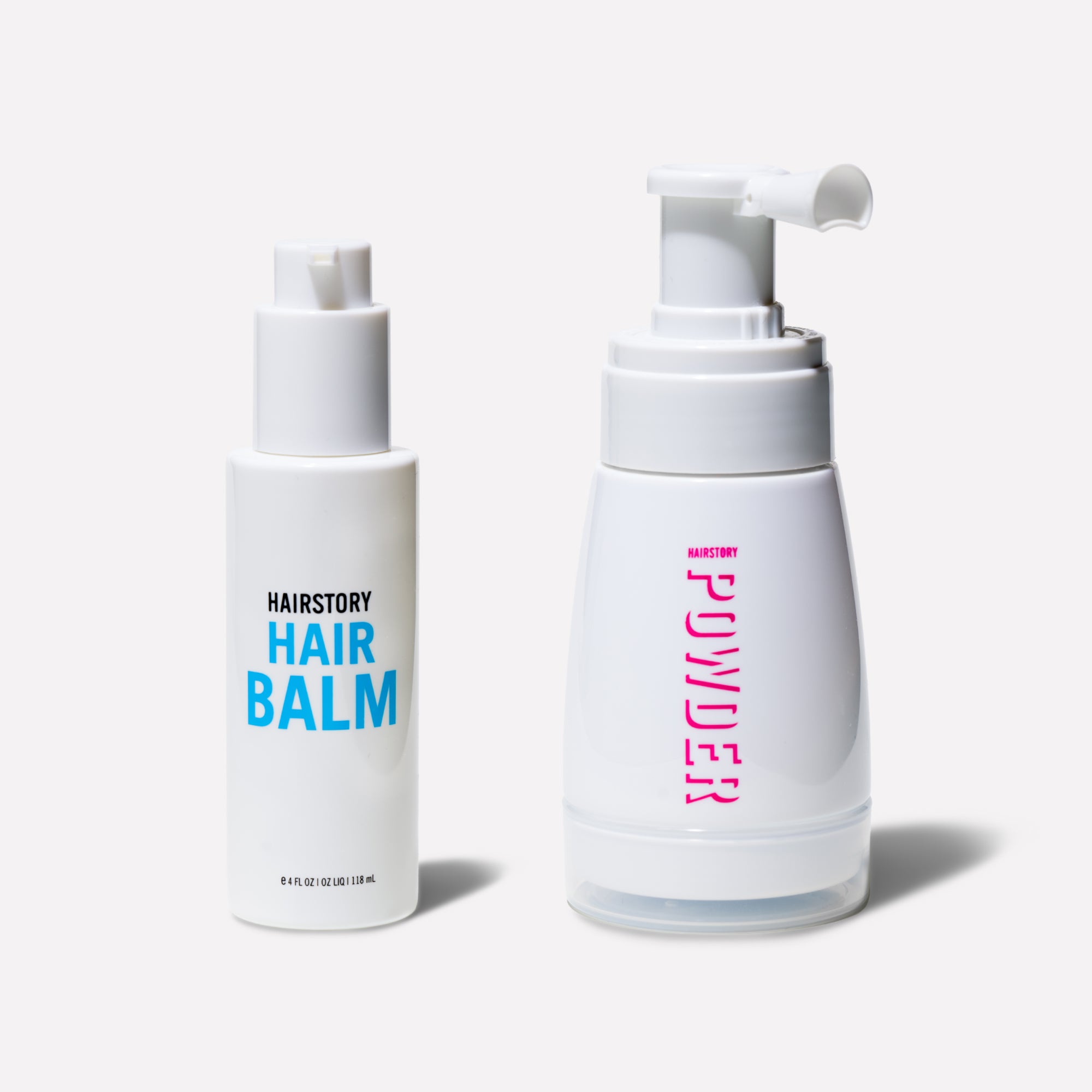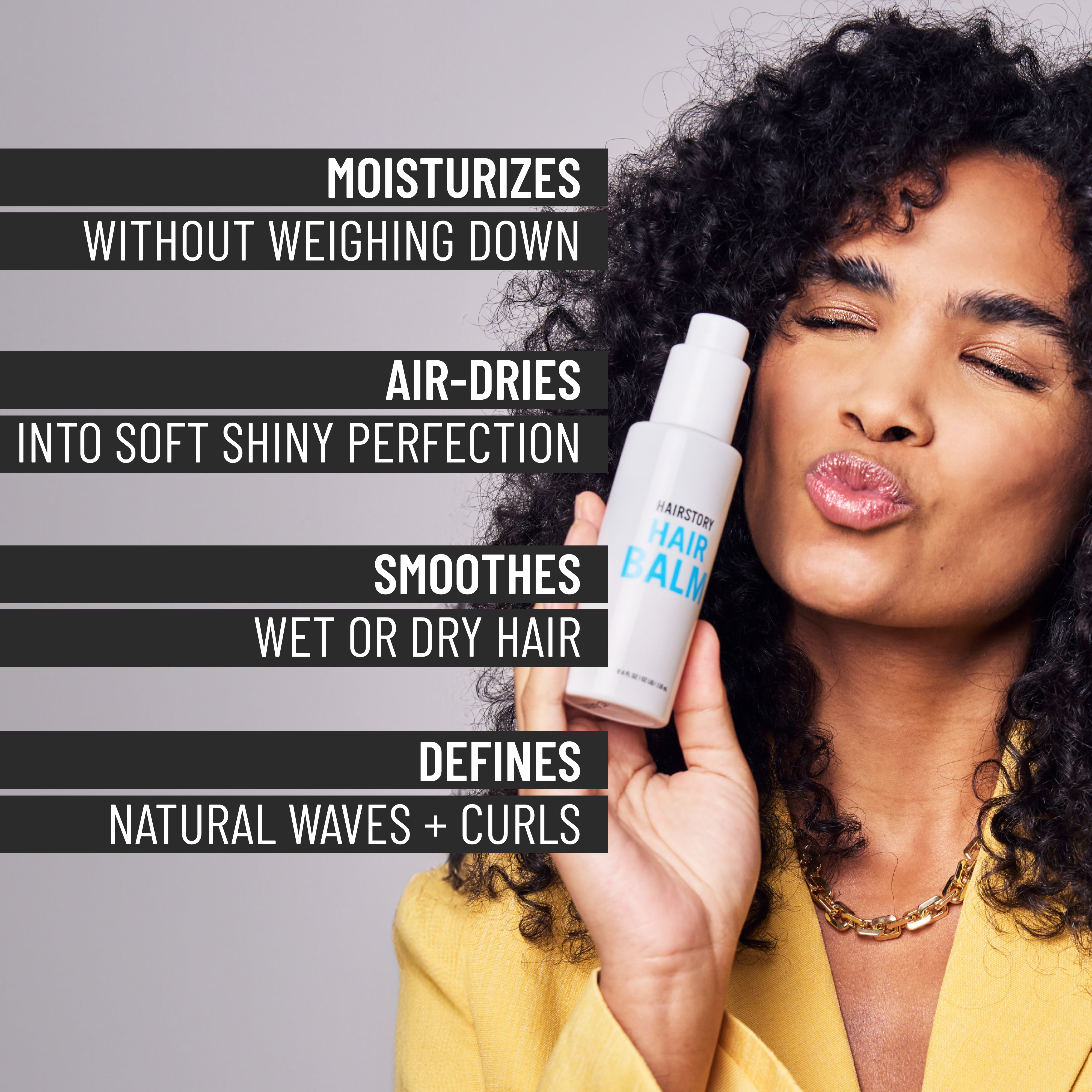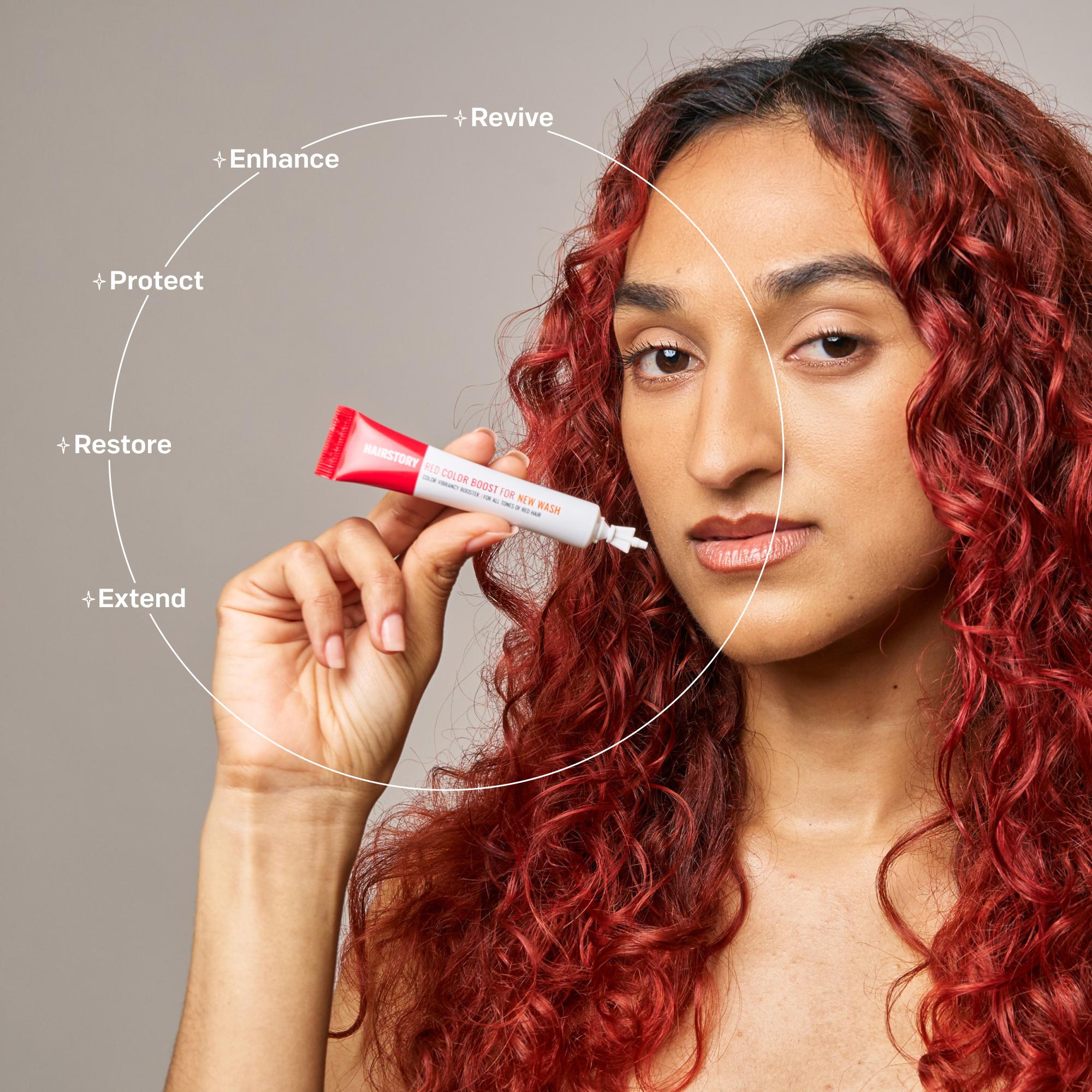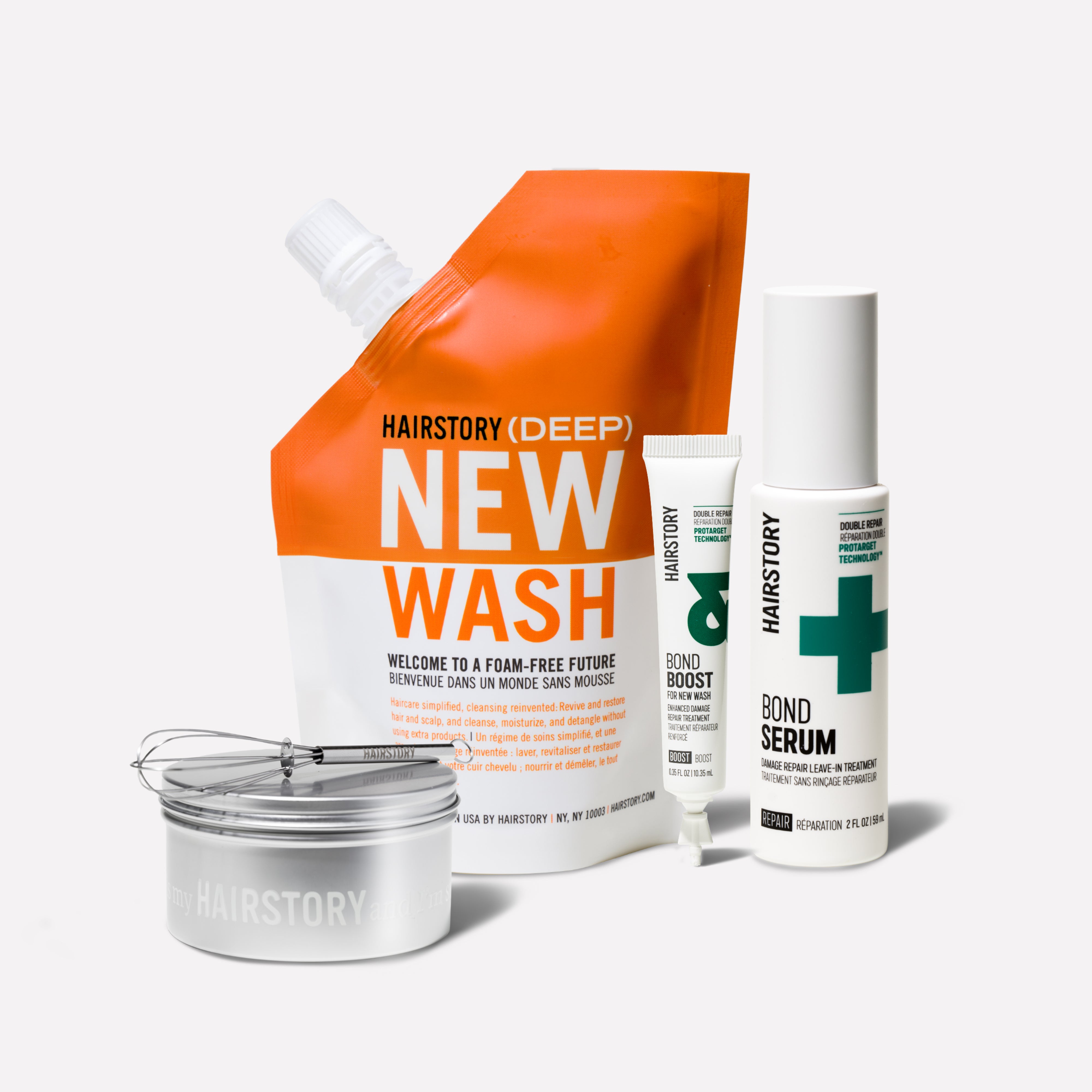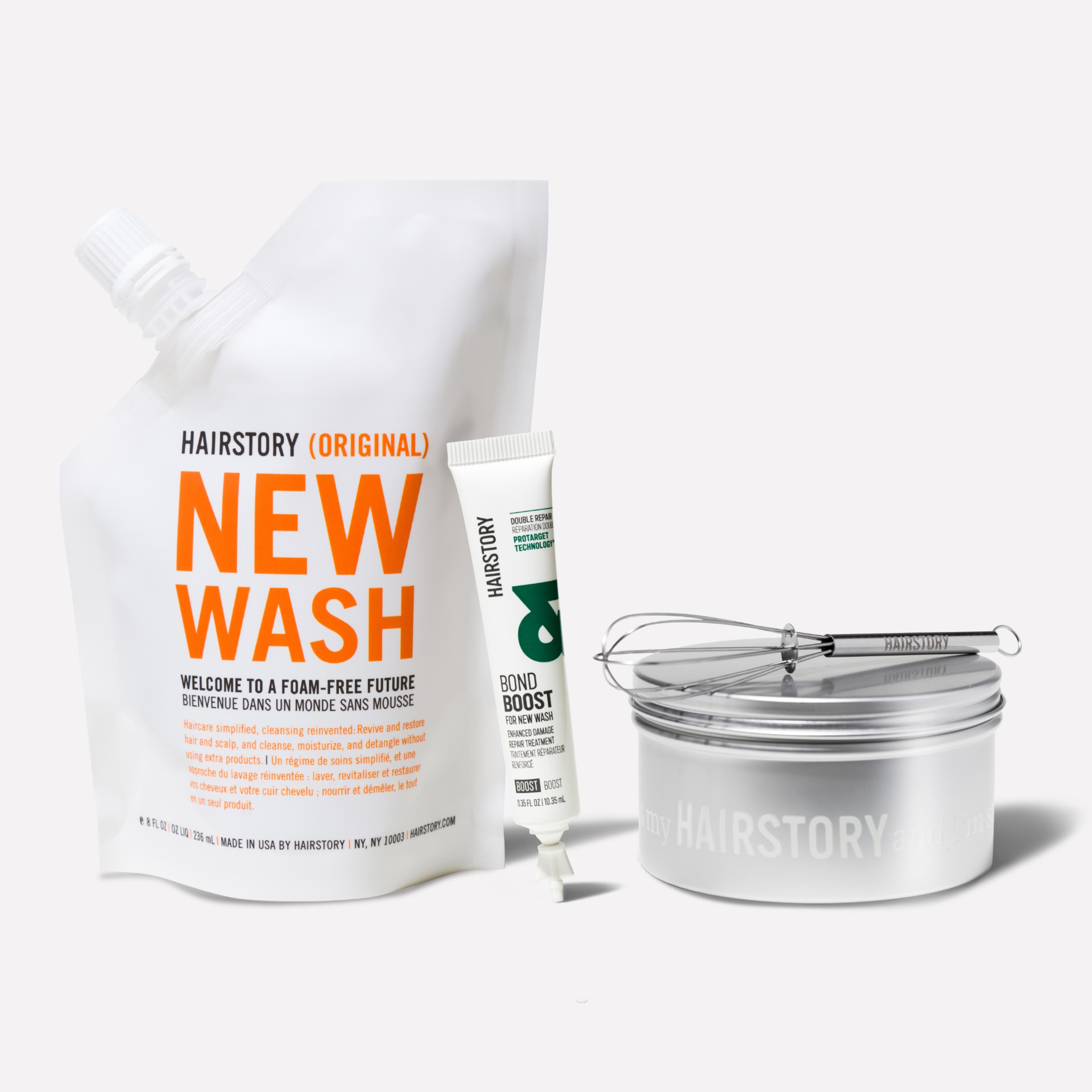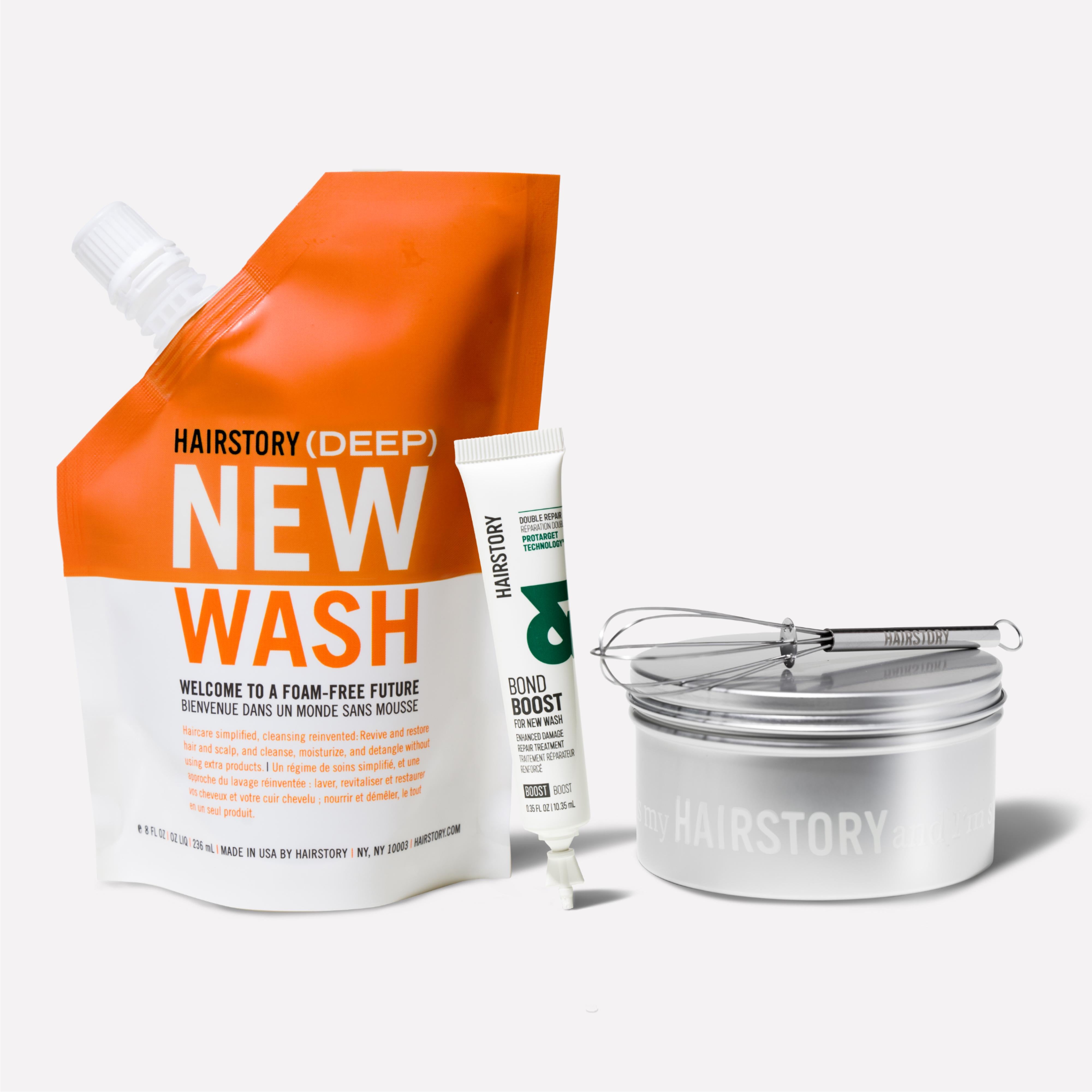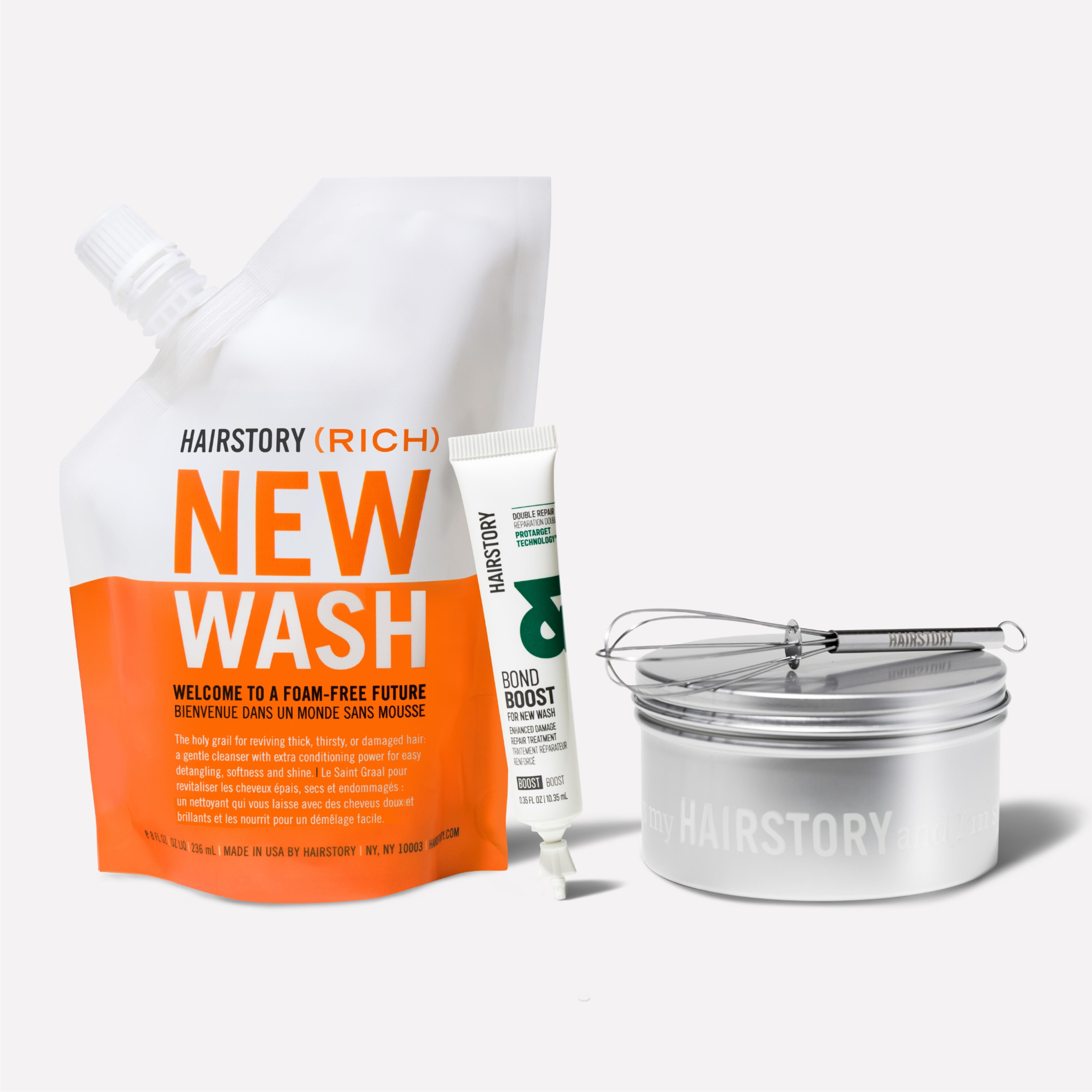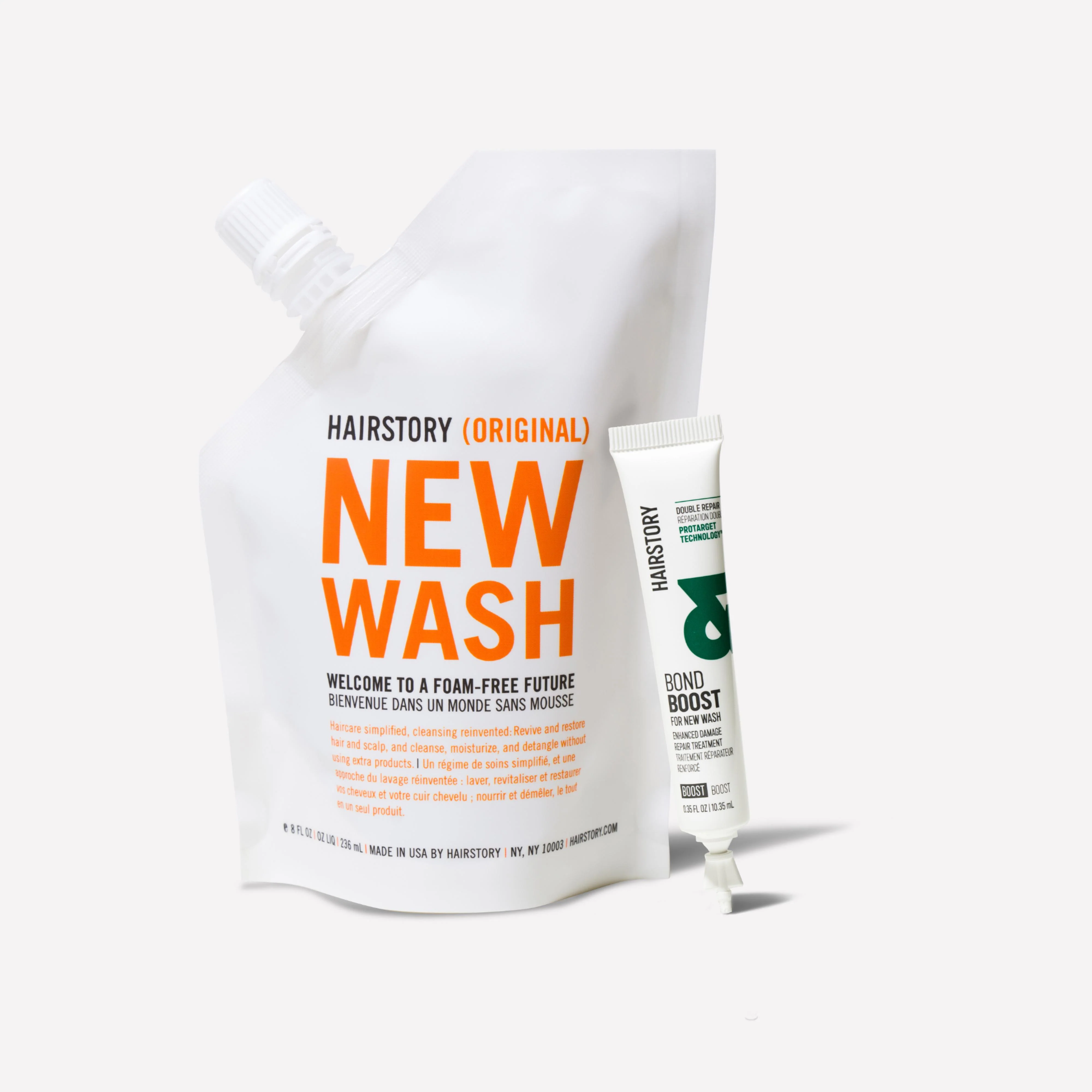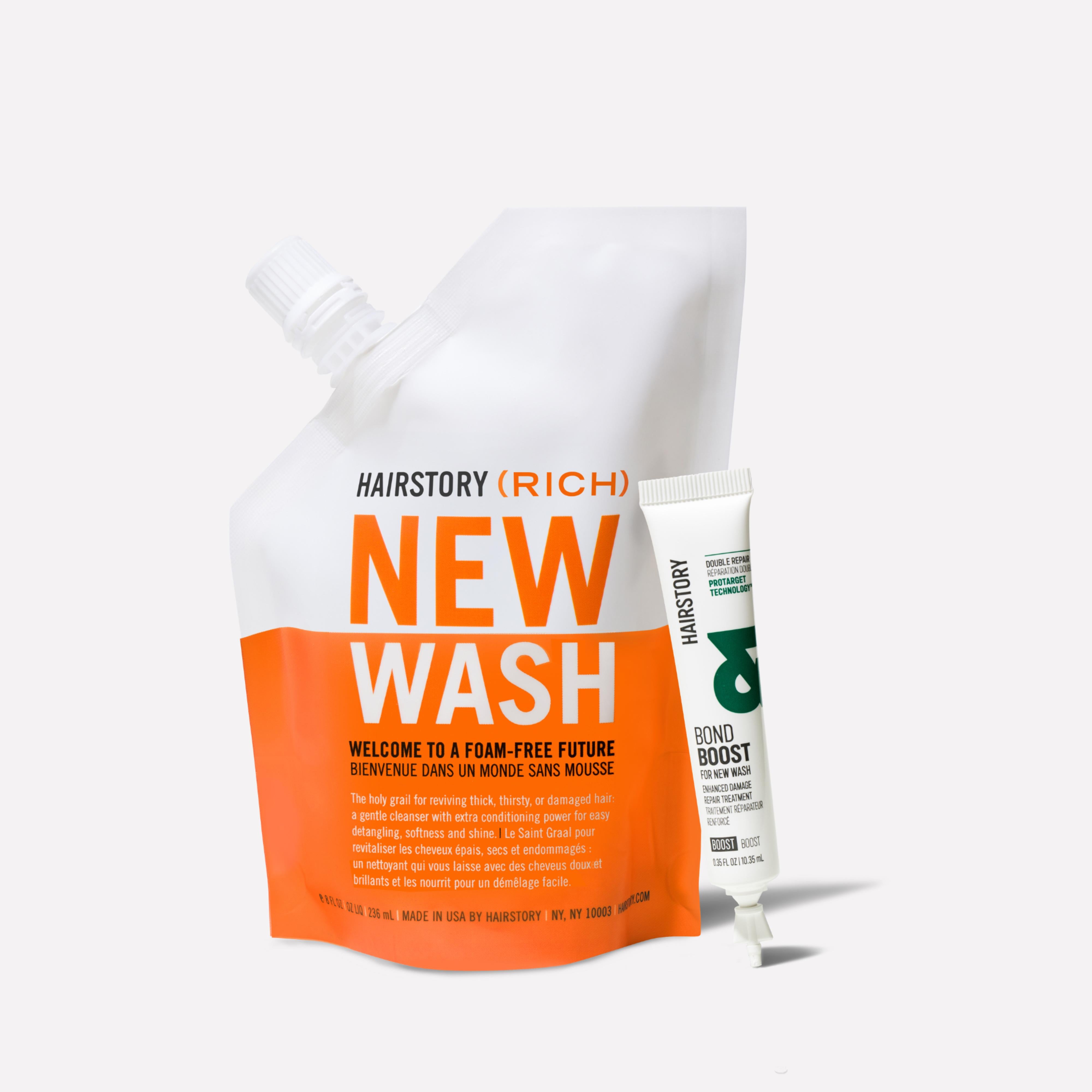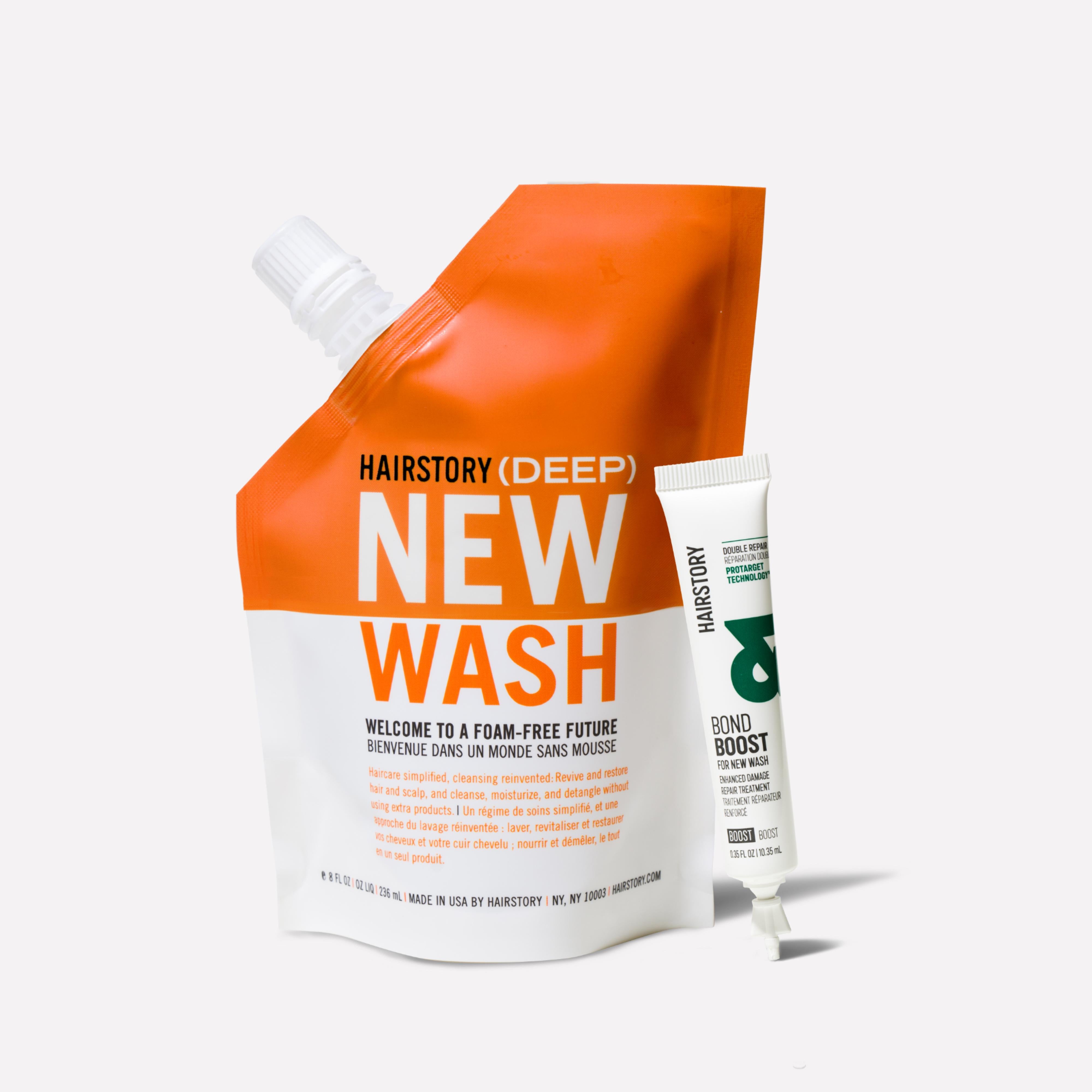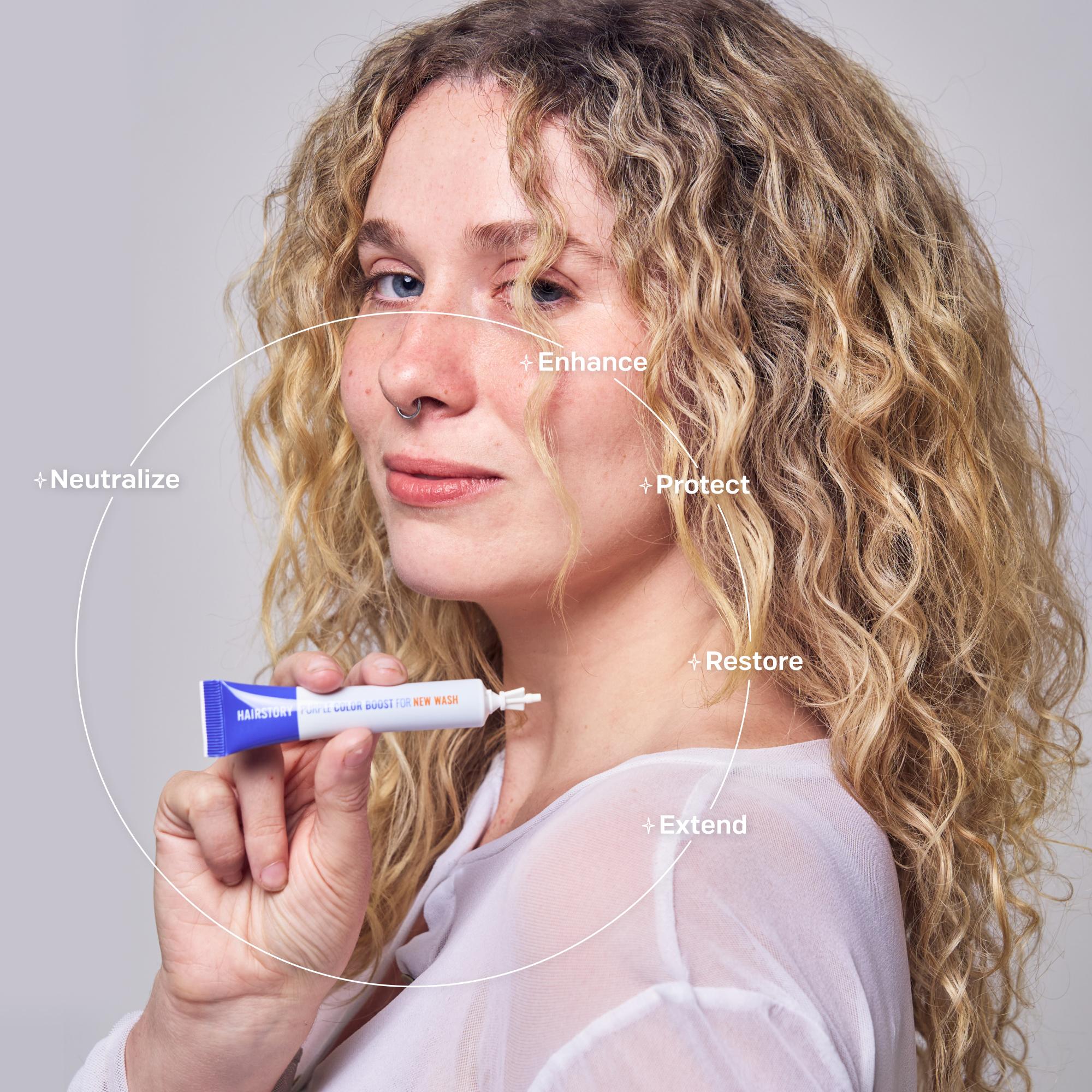We’ll be blunt: Sustainability is no longer a choice, it’s a responsibility. If you have a hairdressing business and you’re ready to look far beyond product ingredients to evaluate everything from operations to maintenance, here are some opportunities to take a more sustainable path.
Create a “Green Team”
Enlist those in the salon who are most passionate about the issue, and make the initiative a formal part of their job descriptions. Elect a sustainability coordinator to spearhead efforts, implement agreed-upon strategies, monitor progress, encourage participation, and help the business stay on track toward meeting goals.
Green Circle Salons
When entrepreneur Shane Price learned how much trash hairdressing salons generate daily, he was shocked enough to bring the people together who created Green Circle Salons. As founder and CEO, Price is on a mission to bring the entire industry on board by 2020.
Green Circle focuses on three things: helping salons be genuinely green, helping them build revenue, and helping them gain new clients. Salons pay a one-time fee of $99.95 and an additional $149.95 to be listed in the green directory which people can use to look for eco-friendly salons in their area. Then, a representative conducts a 45-minute orientation with the team to explain how to divert up to 95 percent of their salon waste.
Kristina Welzien, founder of Wabi Sabi Beauty in San Francisco, is a Green Circle member and a fierce advocate for clean salon environments. “We dispose of all of our materials in the most conscious way,” she says proudly. “Keeping color out of the garbage cans and the drains is also a beautiful way to work.
It goes in its own container and gets shipped out to Green Circle. We put all of our hair sweepings in another special container, and it can be used for environmental purposes or contributing to communities in positive ways.”
In some regions, Green Circle has trucks that do regular pick-ups; others use the ‘hair mail’ program and package waste to be picked up by UPS. Collected materials are taken to one of five warehouses and separated for processing. Hair clippings go to make booms for absorbing oil spills. Other materials go to specialized recyclers, including thousands of pounds of aluminum. Color waste is filtered, and clean water is removed and returned to the water system. The remainder goes to a lined landfill facility or is incinerated to create clean energy.
Use Eco-Friendly Decor
If sustainability is one of your core values, your space should reflect it. Choose flooring, wall finishes, and textiles that tick as many of these boxes as possible: Reclaimed, repurposed, recycled, recyclable, produced sustainably, cruelty-free, low-VOC (volatile organic compounds, or gases). Do your research. Try design magazines such as Dezeen for the latest innovations and examples of sustainable projects, like this article about designers who want to change our perception of plastic.
Companies that make salon-specific furnishings and fixtures have some work to do before they offer truly sustainable products, but some well-known manufacturers are making progress by examining their processes from materials through production and delivery. Yes, it’s their job to create alternatives, but it’s your job to support companies doing the right thing.
Save Energy and Water
Install energy-efficient lighting or bulbs at the very least. LEDs are controversial with hairdressers, especially colorists; lights need to be bright (or dim) enough to do your best work, flattering to clients, and true to color. You may decide that LEDs don’t work where hair is being done, but how about reception and back-of-house spaces? LEDs may cost a bit more, but they last about 60 times as long. In addition, remind staff to turn off lights in staff rooms or vacant treatment rooms.
Reduce water consumption by mandating water-saving practices and installing water recycling systems. Control water waste by inspecting pipes and fixing leaks that may be costing you hundreds of gallons and dollars.
In terms of equipment, older models of water heaters are paragons of energy inefficiency. Your heating and air-conditioning system may be first-rate, but if you have leaks in doors and windows where air escapes and enters, you’re wasting both fuel and money.
Foiled Again
Aluminum is the most easily recyclable material we commonly use and throw away. That is why we’re surprised to be coming up short on sources of color foils that are made from recycled metal aside from Australian company Re-foil. If you know of others, we’d love to know too.
Plastics Problems
Plastic packaging is a modern fact that many people are aiming to avoid, but it’s not so easy. A big step in the right direction is being taken by companies that offer refillable options for professional and personal use. Hairstory offers hairdressers aluminum dispensers for wash stations where New Wash is used and soft pouches for refilling, which cuts related waste by over 83%. Clients who join the New Wash Club, a subscription service, can reduce their household waste similarly. This simple shift reduces the carbon footprint of packaging by 77%.
Disposable to Durable
Take a look at what ends up in your trash; most people would rather not, but consider it a form of shock therapy. Are there disposable items that could be exchanged for durable goods? We hope you’re not using styrofoam cups for coffee (one of the worst non-recyclable offenders), but even paper for beverages adds up (at least use cups with recycled content. Serve refreshments in ceramic and glass instead. Supplying cleaning staff with paper towels is convenient, but what about retired service towels?
* * *
If you’re opening a new salon, the world of eco-friendliness is wide open to you, and there’s no reason not to embrace it and make a difference wherever you can. Established businesses have less latitude, but there’s still plenty you can accomplish. In any case, keeping salons cleaner, leaner, and greener isn’t just good citizenship – it’s good business.

